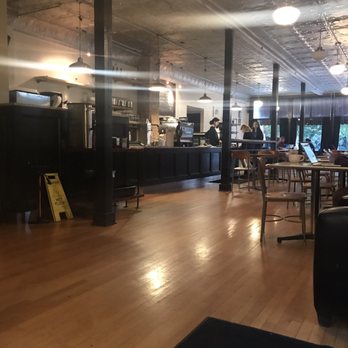
West Coast as far as Seattle, Washington, but found no opportunities to attack Allied ships.

She subsequently moved north along the U.S. She had planned to use her floatplane for a reconnaissance flight over San Francisco Bay, but rough weather forced her to cancel those plans. Toward evening that day, she sighted a convoy of what she identified as seven transports and three destroyers passing her at high speed, but she was unable to attempt an attack. Early on 3 February 1942, she arrived off San Francisco, California, and noted that the city did not appear to have instituted a blackout. I-8 got underway from Kwajalein again on 12 January 1942 bound for a patrol area off the United States West Coast.

She returned to Kwajalein on 24 December 1941. World War II First war patrol: Pearl Harbor īy 7 December 1941, the day of the Pearl Harbor attack, I-8 was patrolling north of Oahu with orders to attack any ships that attempted to sortie from Pearl Harbor. While she was en route, she received the message "Climb Mount Niitaka 1208" ( Japanese: Niitakayama nobore 1208) from the Combined Fleet on 2 December 1941, indicating that war with the Allies would commence on 8 December 1941 Japan time, which was on 7 December 1941 on the other side of the International Date Line in Hawaii. Assigned to support Operation Z, I-8 got underway from Kwajalein on 24 November 1941 and set course for the Hawaiian Islands. Īs Japanese military forces began to deploy for the opening Japanese offensive of the war, I-8, with an embarked Watanabe E9W1 ( Allied reporting name "Slim") floatplane, departed Saeki Bay on 11 November 1941 bound for Kwajalein Atoll, which she reached on 20 November 1941. The attack would begin the Pacific campaign and bring Japan and the United States into World War II. That day, the 6th Fleet's commander, Vice Admiral Mitsumi Shimizu, held a meeting with the commanding officers of the submarines of Submarine Squadron 3 aboard his flagship, the light cruiser Katori, which was anchored in Saeki Bay on the coast of Kyushu, and his chief of staff briefed them on plans for Operation Z, the upcoming surprise attack on Pearl Harbor in Hawaii. īy 10 November 1941, I-8 had been assigned to the 6th Fleet's Advance Expeditionary Force. She subsequently conducted combat training along with the other submarines of the squadron off Kyushu. At some point, the submarine tender Taigei relieved I-8 as squadron flagship, because on 1 October 1941, Rear Admiral Shigeyoshi Miwa, the commander of Submarine Squadron 3, transferred his flag from Taigei to I-8, making her the squadron flagship again. On 15 November 1940, Submarine Squadron 3 was reassigned to the 6th Fleet in the Combined Fleet.

On 11 October 1940, she was one of 98 Imperial Japanese Navy ships that gathered along with more than 500 aircraft on the Japanese coast at Yokohama Bay for an Imperial fleet review - the largest fleet review in Japanese history - in honor of the 2,600th anniversary of the enthronement of the Emperor Jimmu, Japan's legendary first emperor. She became the flagship of Submarine Squadron 3 in the 2nd Fleet on 15 November 1939. On 15 December 1938, she became the flagship of Submarine Squadron 2 in the 2nd Fleet, a component of the Combined Fleet. On the day of her commissioning, I-8 was attached to the Yokosuka Naval District. She was launched on 20 July 1936 and was completed and commissioned on 5 December 1938. She was sunk in 1945.īuilt by Kawasaki at Kobe, Japan, with a design based on that of the Kaidai (KD)-type submarines, I-8 was laid down on 11 October 1934. Under a new commanding officer in 1944, her crew committed war crimes during anti-shipping operations in the Indian Ocean. In 1943, I-8 completed a technology exchange mission with a voyage to German- occupied France and back to Japan, the only submarine to complete a round-trip voyage between Japan and Europe during World War II. With embarked floatplanes, I-8 participated in operations related to the attack on Pearl Harbor, patrolled off the United States West Coast, and took part in the Guadalcanal campaign and the Okinawa campaign.

Designed as submarine aircraft carriers, I-8 and her sister ship I-7 were the largest Japanese submarines to be completed before the outbreak of the war in the Pacific in 1941. I-8 was an Imperial Japanese Navy Junsen III (or J3)-type submarine commissioned in 1938 that served during World War II.


 0 kommentar(er)
0 kommentar(er)
